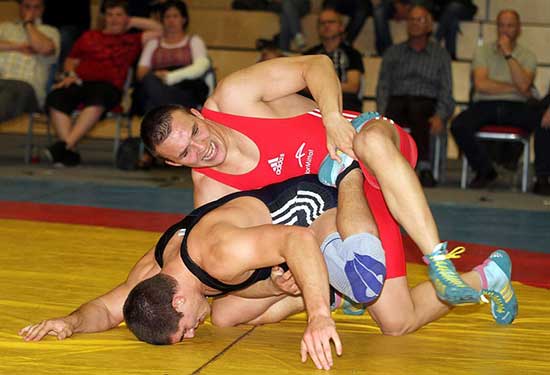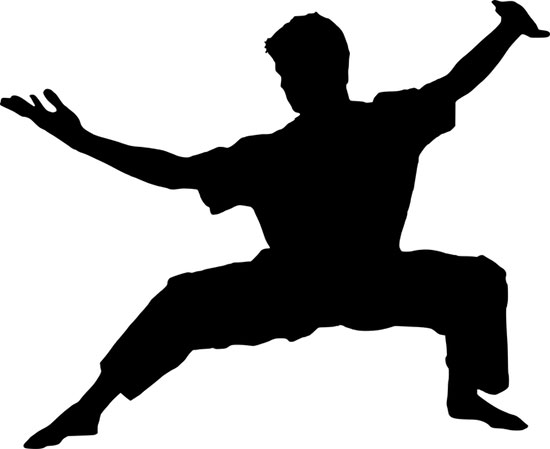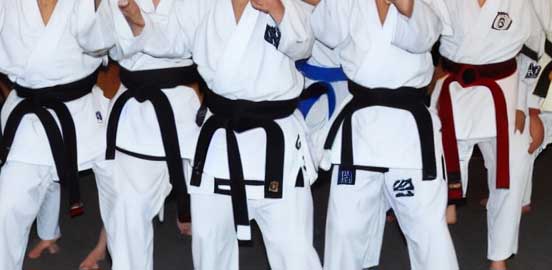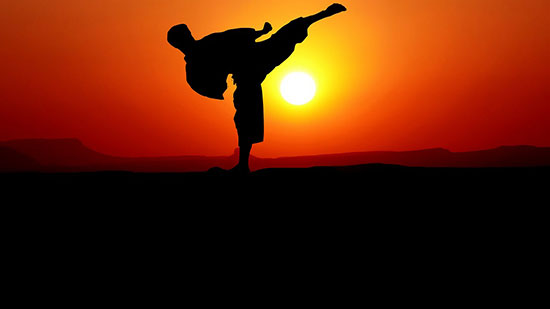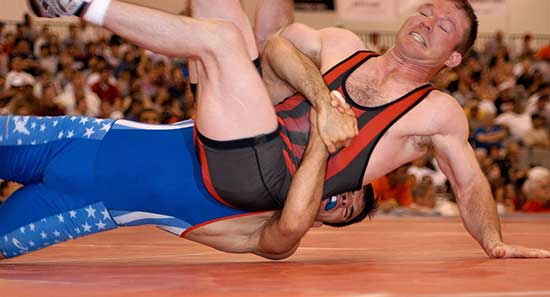Capoeira and breakdancing are two vibrant dance styles that have captivated audiences with their agility, rhythm, and rich cultural heritage.
While there is ongoing debate about the direct influence between these two art forms, there are undeniable similarities and connections that suggest a fusion of movements and techniques.
Key Takeaways:
- Capoeira and breakdancing are dynamic dance styles known for their agility and rhythm.
- Although the direct influence between capoeira and breakdancing is debated, there are undeniable similarities and connections.
- Cultural exposure through media played a role in the development and evolution of capoeira and breakdancing.
- The fusion of capoeira and breakdancing represents a cultural exchange and blend of movement styles.
- Both capoeira and breakdancing showcase the power of movement to transcend boundaries and inspire new artistic expressions.
Contents
The Case Against Direct Influence
Sally Banes, a renowned journalist, argues that capoeira and breakdancing are dissimilar enough to consider capoeira only a distant relative of breakdancing. While there are similarities in shape and timing between the two dance styles, Banes suggests that these similarities are not enough to prove a direct influence.
She points out that influential figures in the dance community, such as capoeira mestre Jelon Vieira and prominent b-boys like Ken Swift and Crazy Legs, deny any direct influence and attribute their inspirations to other sources like kung fu and James Brown.
According to Banes, the case against direct influence is based on the differences in form and personal accounts of these influential figures. Capoeira, with its fluid movements and martial arts elements, has a distinct style that sets it apart from breakdancing.
While there may be shared elements and techniques, Banes highlights the importance of recognizing the individuality of each dance style and the different cultural influences that have shaped them.
Overall, the case against direct influence suggests that while capoeira and breakdancing may share some similarities in shape and timing, they are distinct dance styles with their own unique histories and inspirations.
The debate continues, but these arguments challenge the notion of a direct lineage between capoeira and breakdancing, emphasizing the importance of acknowledging the diversity and richness of dance traditions.
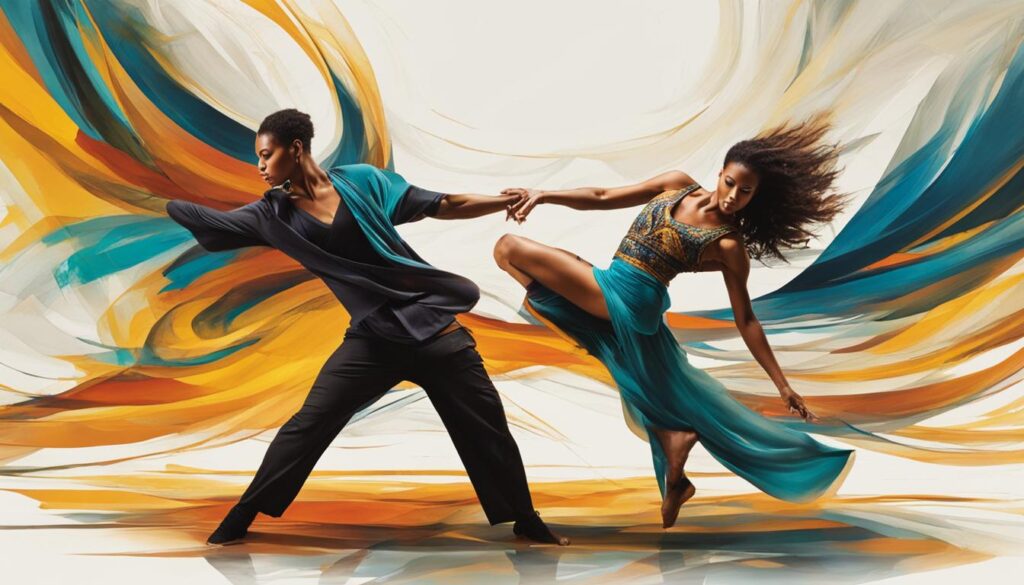
Table: A Comparison of Capoeira and Breakdancing
| Aspect | Capoeira | Breakdancing |
|---|---|---|
| Origins | Afro-Brazilian martial art | South Bronx street dance |
| Movement Style | Fluid and acrobatic | Dynamic and rhythmic |
| Influence | African and Indigenous cultures | African-American and Latinx communities |
| Music | Berimbau, drums, and singing | Funk, soul, and breakbeats |
| Competitive Element | Roda de Capoeira (circle of participants) | Battles and dance-offs |
The Case for Direct Influence
While the direct influence between capoeira and breakdancing is a topic of debate, there are intriguing similarities and historical contexts that suggest a possible link between these two dance styles.
Both capoeira and breakdancing emerged from predominantly African communities and were deeply rooted in their respective cultural contexts.
The first generation of breakdancers incorporated moves from James Brown and comic pantomime routines that have similarities with the dynamic and acrobatic movements of capoeira.
Capoeira and breakdancing were not only forms of dance but also encompassed a competitive aspect. In both styles, participants often engaged in battles or fights to showcase their skills and assert dominance.
This shared element of competition and performance further hints at cultural exchange and potential influence between capoeira and breakdancing.
Another significant link between these dance styles lies in the historical and cultural influences that shaped them. Capoeira originated in Brazil during the colonial period when enslaved Africans disguised their martial arts and self-defense techniques as a dance.
Similarly, breakdancing emerged in the South Bronx of New York City during the 1970s, where a vibrant African-American and Afro-Caribbean community provided the cultural backdrop for its development.
Capoeira, Breakdancing, and the Media
Capoeira and breakdancing have received significant media coverage over the years, contributing to their cultural exposure and popularity. In the 1960s and 1970s, New York City became a hub for showcasing these dance styles through various forms of media, including films, magazines, and television shows.
One notable film that featured capoeira was “O Pagador de Promessas,” which introduced audiences to the dynamic and dramatic nature of the art form.
This exposure allowed capoeira to gain recognition beyond its traditional cultural roots and sparked interest among viewers around the world. Additionally, Black Belt Magazine published articles on capoeira, shedding light on its historical origins in African culture and further contributing to its cultural exposure.
Television shows like “Kung Fu” and Brazilian films like “Cordao de Ouro” also played a significant role in showcasing capoeira and breakdancing to a wider audience. These visual mediums allowed viewers to witness the intricate movements, acrobatics, and rhythmic footwork of both dance styles.
As a result, the media’s portrayal of capoeira and breakdancing influenced the development and evolution of these art forms, particularly in the South Bronx, where a growing Brazilian population and a vibrant dance scene provided fertile ground for their fusion.
The Impact of Media Exposure
The media’s coverage of capoeira and breakdancing opened doors for cultural exchange and inspired a new generation of dancers. It provided a platform for showcasing the athleticism, artistry, and cultural significance of these dance styles.
Furthermore, the exposure allowed for cross-pollination of movement styles, as dancers from different backgrounds could witness and incorporate elements from each other’s practices.
Through films, magazines, and television shows, capoeira and breakdancing became more accessible and understandable to audiences worldwide.
Viewers could learn about the roots of these dance forms, witness their unique expressions, and gain a deeper appreciation for their cultural significance. The media played a crucial role in breaking down barriers and fostering a sense of community among dancers, regardless of their location.
Overall, the media’s portrayal of capoeira and breakdancing played a crucial role in their cultural exposure and development. By showcasing these dance styles through various visual mediums, the media sparked interest, inspired creativity, and facilitated the fusion of movements and techniques that have shaped these dynamic and vibrant art forms.
Conclusion
While the debate regarding the direct influence between capoeira and breakdancing continues, one thing is certain: these two dance styles have created a fusion that transcends cultural boundaries.
The dynamic and expressive movement vocabulary shared by capoeira and breakdancing showcases the power of movement styles to inspire new artistic expressions.
Through this fusion, we witness a rich cultural exchange between African, Brazilian, and American dance traditions. Acrobatics, rhythmic footwork, and the spirit of battle are just a few examples of the elements that connect capoeira and breakdancing. This connection highlights the beauty of movement in uniting different cultures and fostering creativity.
The influence of capoeira on breakdancing may not be direct, but the shared spirit of agility, rhythm, and cultural exchange cannot be denied.
Embracing the fusion of capoeira and breakdancing allows us to appreciate the rich history and significance of these dance styles, while also perpetuating a legacy of innovation and creativity in the dance community.

